-1060x400w.jpg)
Πώς παράγεται η συγκολλητή ξυλεία (glulam)
Η συγκολλητή ξυλεία είναι ένα εξελιγμένο δομικό υλικό, που δημιουργείται με συγκόλληση επεξεργασμένων ξύλινων λαμελών. Σε αντίθεση με το συμπαγές ξύλο, που συρρικνώνεται και ραγίζει, το glulam προσφέρει υψηλή σταθερότητα και αντοχή.
Συνήθως χρησιμοποιείται πεύκο Σιβηρίας, ερυθρελάτη και λάριξ. Κέδρος και δρυς θεωρούνται premium.
Διαδικασία παραγωγής
Προετοιμασία ξυλείας
Επιλογή χωρίς ελαττώματα, ξήρανση έως 10% υγρασία.Αφαίρεση ατελειών
Λείανση και βαθμονόμηση λαμελών.Μήκη συνένωσης
Σύνδεση μικρών τεμαχίων με κόλλα.Συγκόλληση
Χρήση ασφαλών συστημάτων όπως EPI.Πίεση
Πίεση σε υψηλή δύναμη για μέγιστη αντοχή.Κοπή & συσκευασία
Διαμόρφωση, λείανση και προστατευτική επίστρωση.
Μέθοδοι συναρμολόγησης σπιτιών από glulam
Γερμανική μέθοδος
Απόλυτη ακρίβεια προφίλ
Εξαιρετική στεγανότητα
Κρυφοί μεταλλικοί σύνδεσμοι
Ελάχιστη συρρίκνωση
Υψηλή ενεργειακή απόδοση
Σκανδιναβική μέθοδος
Παραδοσιακές γωνιακές ενώσεις
Φυσική «αναπνοή» του ξύλου
Ελάχιστα μεταλλικά μέρη
Αντοχή σε υγρασία, χιόνι και ψύχος
Άριστη θερμομόνωση

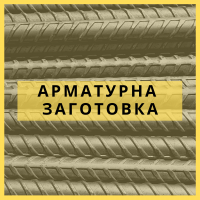
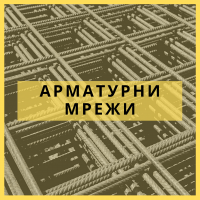






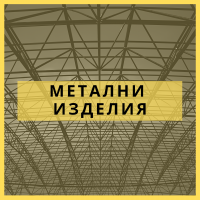
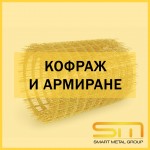


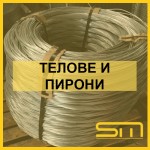

-150x150.png)

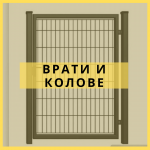
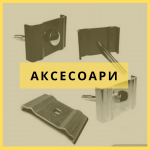

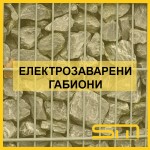




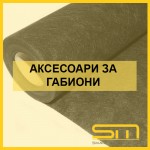

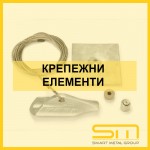

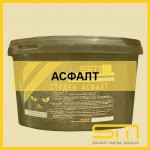








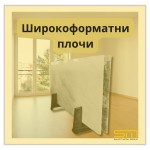
-150x150.jpg)
-150x150.jpg)
-150x150.jpg)
-1400x800.jpg)
-1400x800.jpg)
-1400x800.jpg)
-1400x800.jpg)
-1400x800.jpg)
-1400x800.jpg)
-1400x800.jpg)
-1400x800.jpg)
-900x900h.jpg)